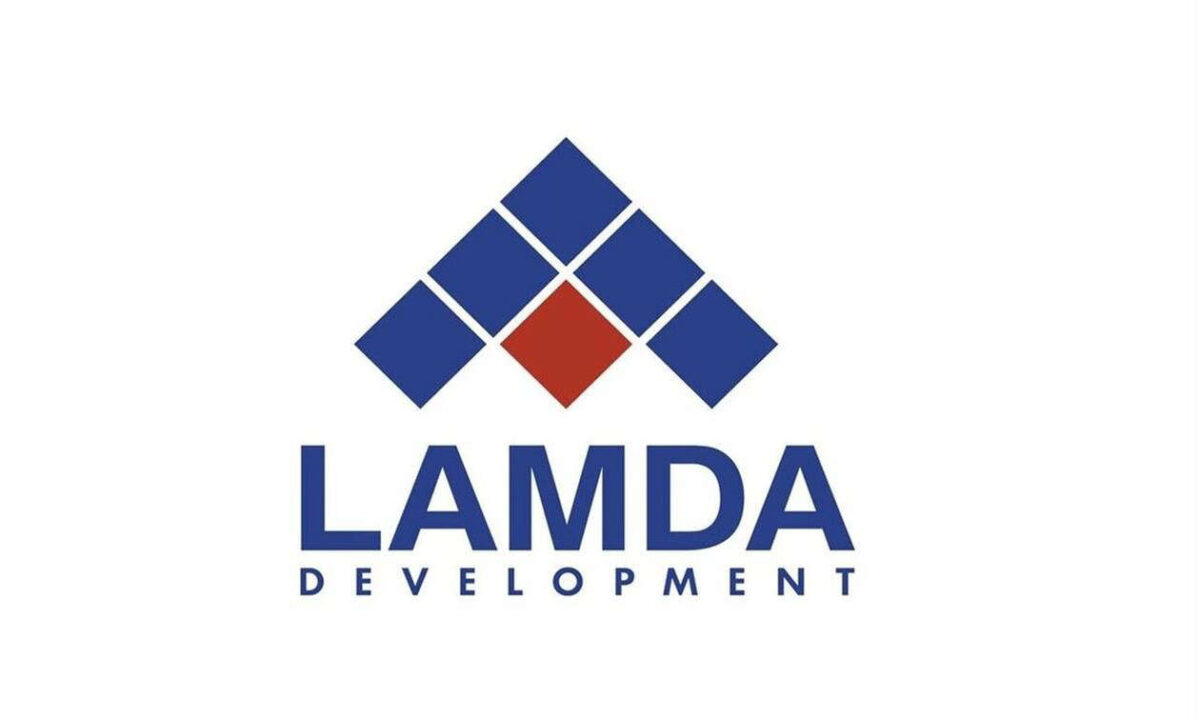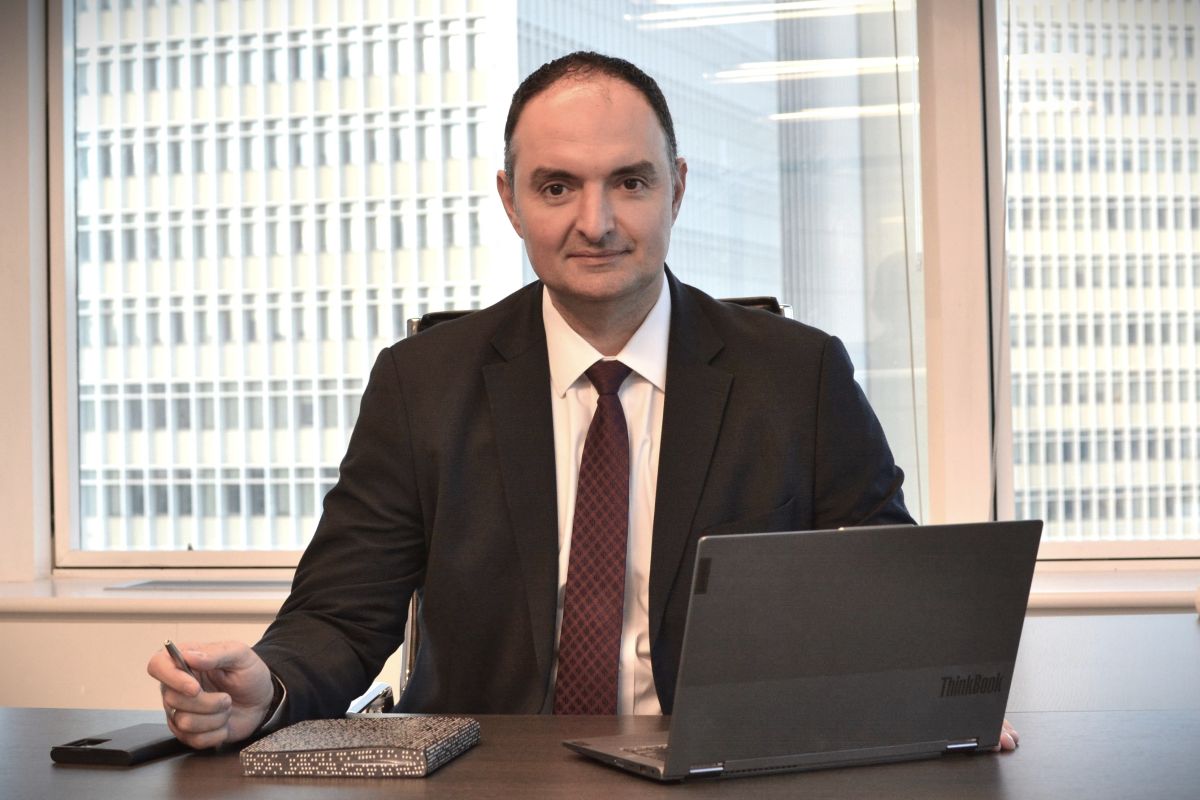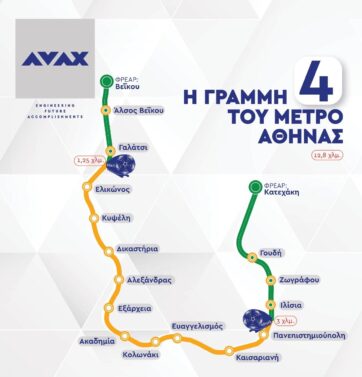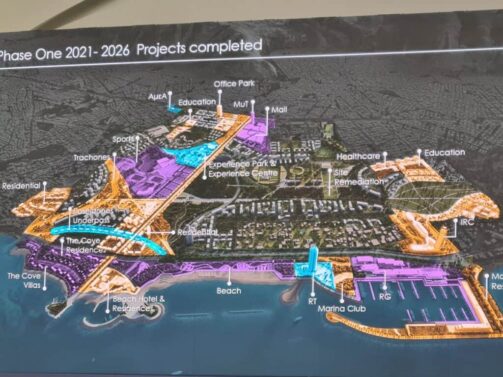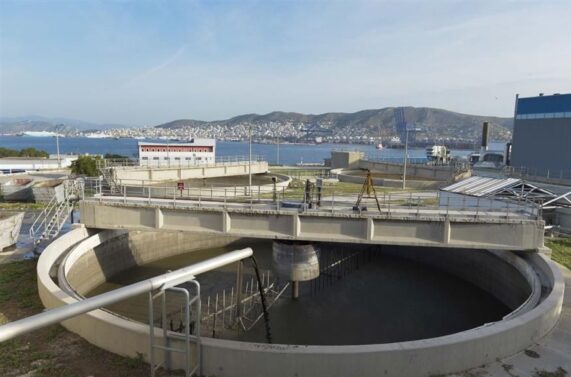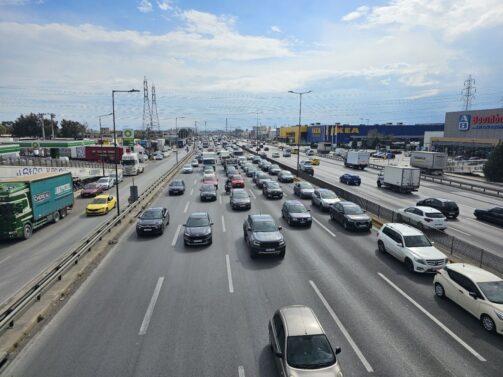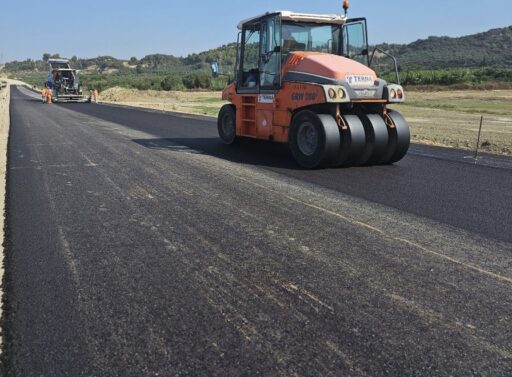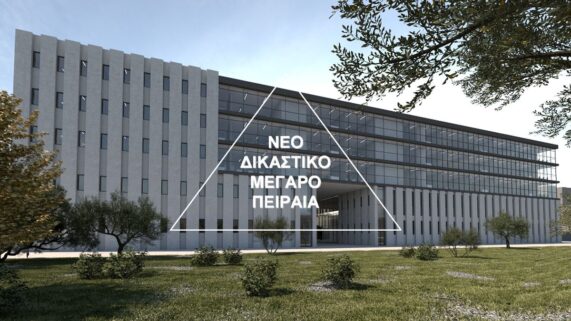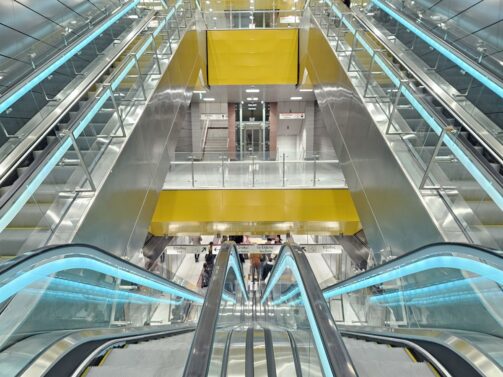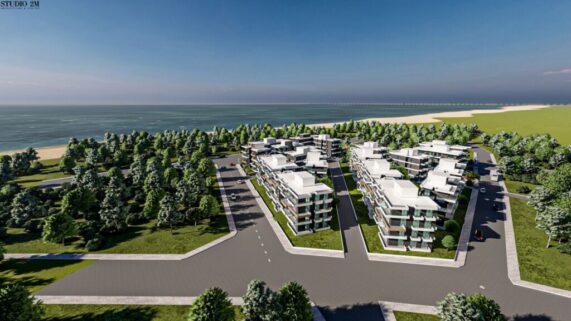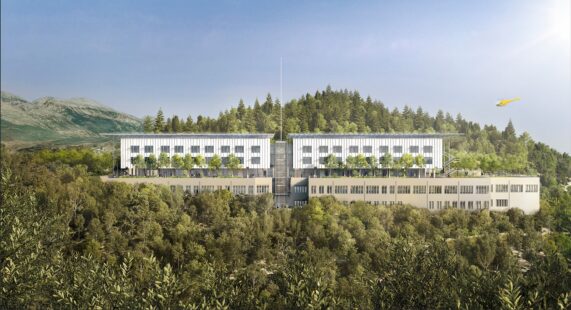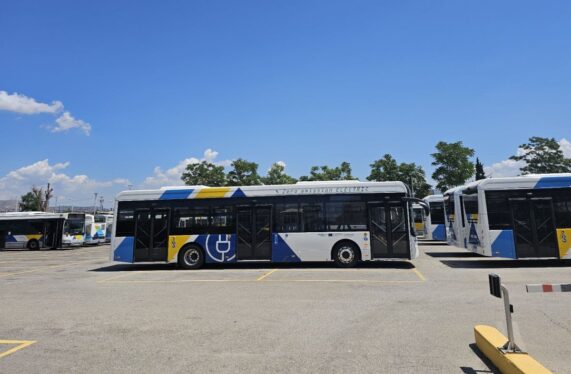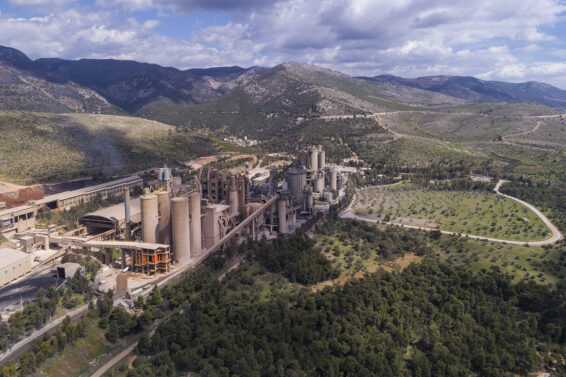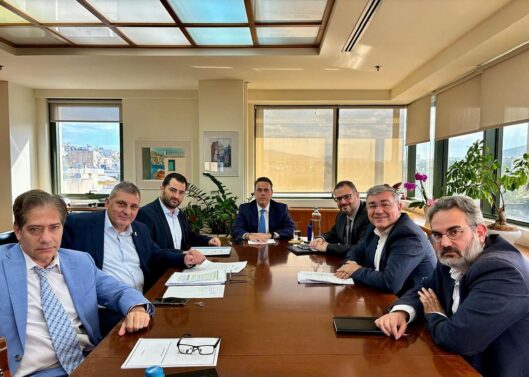The core Trans-European Transport Network (TEN-T) is not likely to be completed by the 2030 deadline agreed in 2013, a report by the European Court of Auditors (ECA) has found.
The report analysed six Transport Flagship Infrastructures (TFIs), including the Rail Baltica, Lyon- Turin, Brenner Base Tunnel and Basque Y rail projects, the Seine-Scheldt waterway and the A1 motorway in Romania, as well as two multimodal connections including the Fehmarn Belt road/rail link and E59 rail link to ports in Poland.
“Six of the eight analysed TFIs will not be able to operate at full capacity by 2030, including access lines, as planned in 2013,” the ECA says. “Since the TFIs and their access lines are key links in the core network corridors, it is therefore also unlikely that the European Union (EU) core transport network will reach its full capacity by 2030, which implies that the expected network effects of the EU transport network will not be delivered by that time.”
Three projects – the 297km railway connecting the Basque Y to the French rail network, the E59 railway in Poland and the A1 motorway – are unlikely to be ready by 2030, as construction will take some time and work for certain sections has not even been planned yet.
The Lyon-Turin link is also unlikely to be ready by 2030, as it is currently scheduled for completion in December 2029, which leaves only a small margin for potential delays. The EU co-funded action for the project has already been affected by implementation delays after the completion deadline was set.
Construction was significantly delayed on all the megaprojects examined, with an average delay of 11 years, jeopardising the effective functioning of five out of nine multinational corridors.
Poor coordination between countries was the main cause for the delays. The ECA says that as member states have their own investment priorities and planning procedures, they don’t always support cross-border projects or investment in trans-national corridors to the same degree.
Project implementation can also progress at different speeds on each side of the border, and the ECA says the European Commission (EC) had not made use of the limited legal tools at its disposal to enforce the priorities agreed at EU level in member states that fail to keep pace.
“Timely establishment of the core TEN-T corridors is critical to the achievement of EU policy goals, supporting growth and jobs, and tackling climate change,” said Mr Oskar Herics, the ECA member responsible for the report. “Additional efforts should be made to speed up the finalisation of many of the EU’s flagship transport megaprojects. Because these projects are essential to achieve a better connectivity across Europe and to deliver the network effects on time.”
According to the EC, the EU economy would forfeit potential growth of 1.8% and 10 million person-years of employment if the TEN-T network is not completed.
Cost-benefit analysis
The costs of the eight megaprojects increased by more than €17bn, or 47%, due to changes in project design and scope and inefficient implementation. The auditors also identified weaknesses in member states’ cost-benefit analyses of the projects, with traffic forecasts potentially overoptimistic and some projects potentially not economically viable.
The ECA says this is particularly true of the Rail Baltica line and the rail section of the Fehmarn Belt fixed link, which have far too few potential passengers.
An assessment of the passenger traffic section of Rail Baltica shows that it is not economically sustainable, with 4.6 million passengers per year by 2030, as indicated in the 2017 cost-benefit analysis for the greenfield investment in the Baltic states. The ESA found that there are 3.8 million people living within one hour of the line, well below the threshold of nine million, and this only increased to 8.3 million when taking into account the upgraded link to Warsaw, Poland.
Passenger number forecasts on the high-speed rail line between Copenhagen and Hamburg using the Fehmarn Belt fixed link also indicate that the rail section of the TFI will not be economically sustainable. Despite the fact that 7.7 million people live within in a 60-minute catchment area along the line, the forecasts predict that only 1 million passengers will use the fixed link in both directions each year.
Traffic projections
The report also highlight discrepancies in the methods used to develop traffic studies for the projects.
On the Munich-Verona corridor, which includes the Brenner Base Tunnel, the project partners, including Austria, Germany and Italy, have not completed a harmonised traffic study using consistent figures and methods. The report finds that since 1994, the three countries have used various approaches, techniques and calculation methods to forecast freight and passenger rail and road traffic, although a harmonised freight and passenger traffic forecast is currently under way with this due to be completed this year.
The auditors noted that the EC did not assess the construction specifications independently based on potential passenger and freight traffic flows before awarding EU funding.
“The EC’s supervision of network completion by the member states is distant and needs to be strengthened,” the ECA says. “The EC has no specific department for providing member states with expert support in steering such large projects, and lacks an overview of the progress made. Nevertheless, the EC recently took a step towards closer, more effective supervision and progress monitoring by defining project deliverables in the ‘implementing decisions’.”
Around €7.5bn in EU funding has been allocated to the eight megaprojects so far, with the EC paying out €3.4bn to date. €1.4bn has also been withdrawn from 17 sections due to delays.
ΜΗΝ ΞΕΧΑΣΕΤΕ
- Ακολουθήστε το ypodomes.com στο Google News και μάθετε πρώτοι όλες τις ειδήσεις για τις υποδομές στην Ελλάδα
- Αν είστε επαγγελματίας του κλάδου, ακολουθήστε μας στο LinkedIn
- Εγγραφείτε στο Ypodomes Web TV

